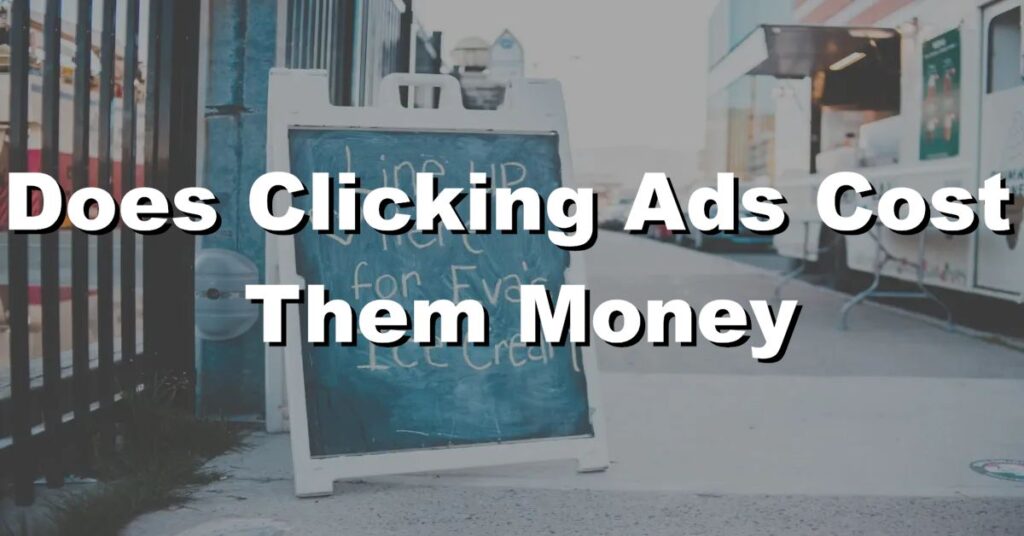One of the most common misconceptions about clicking on ads is that it costs the advertiser money. While this may be true in some cases, it is not always the case.
In this article, we will explore the question, “Does clicking ads cost them money?” We will look at how different advertising models work, what happens when you click on an ad, and what impact it has on the advertiser.
Understanding the Economics of Online Advertising
Online advertising operates within an ecosystem where advertisers, publishers, ad networks, and technology platforms interact. Advertisers pay for ad placements, and publishers display those ads on their websites or platforms. The economics of online advertising involve factors such as supply and demand, targeting capabilities, ad inventory availability, and competition for ad placements.
Advertisers aim to achieve a return on investment (ROI) by reaching their target audience effectively, driving conversions or sales, and optimizing their advertising spend. Publishers generate revenue by selling ad space and maximizing the value of their audience. Ad networks and technology platforms facilitate the buying and selling of ads, provide targeting capabilities, and track performance metrics.
Pay-Per-Click vs. Other Pricing Models
Pay-per-click (PPC) is a popular pricing model in online advertising where advertisers pay for each click their ads receive. In this model, advertisers only pay when a user interacts with their ad by clicking on it. This offers a more performance-based approach, as advertisers are only charged when there is actual engagement with their ads.
Other pricing models in online advertising include cost-per-thousand-impressions (CPM), where advertisers pay for every thousand ad impressions, and cost-per-action (CPA), where advertisers pay when a specific action, such as a purchase or form submission, is completed.
How Clicks are Tracked and Measured
Click tracking involves monitoring and recording user interactions with online ads, specifically the act of clicking on an ad. Advertisers use various tracking technologies, such as pixel tags or tracking URLs, to track these clicks.
When a user clicks on an ad, the tracking technology records the click event and collects data such as the ad source, timestamp, and user’s device information. This data is then used to measure the effectiveness of ad campaigns and optimize future advertising strategies.
Click Fraud and its Impact on Advertisers
Click fraud refers to the fraudulent or malicious clicking on online ads with the intention to artificially inflate clicks or deplete competitors’ advertising budgets. Click fraud can be performed by automated bots or by individuals clicking on ads with no genuine interest.
This fraudulent activity can have a significant impact on advertisers as it wastes their advertising budget, distorts campaign performance metrics, and reduces the quality of traffic and potential conversions. Advertisers employ various measures, such as click fraud detection algorithms and third-party verification services, to combat click fraud and minimize its impact.
Conclusion
In conclusion, the cost-per-click model used by many online advertising platforms means that clicking on ads can indeed cost the advertiser money.
However, clicks are only valuable if they lead to conversions, so it’s important for advertisers to focus on targeting and relevance to maximize their return on investment.

